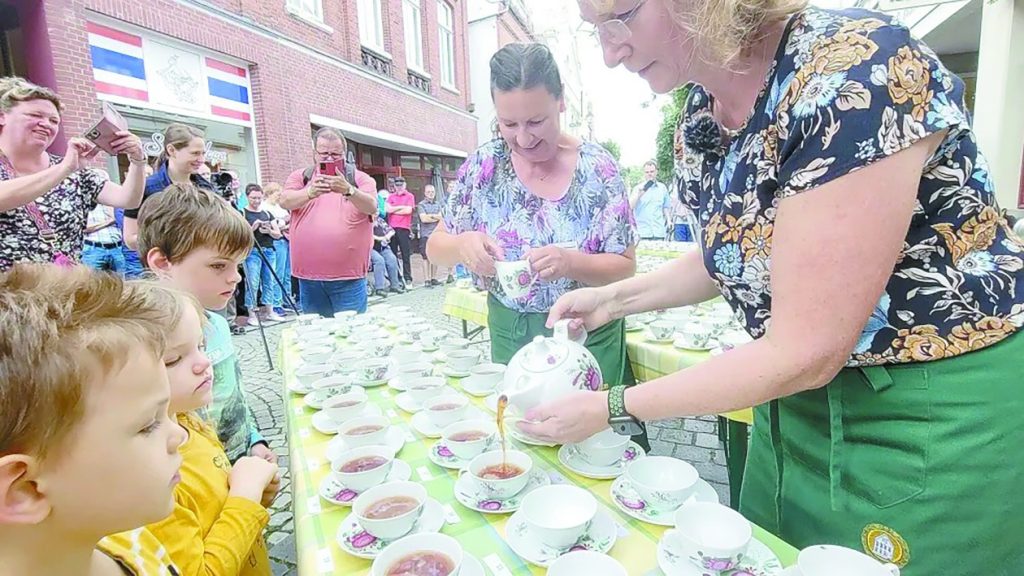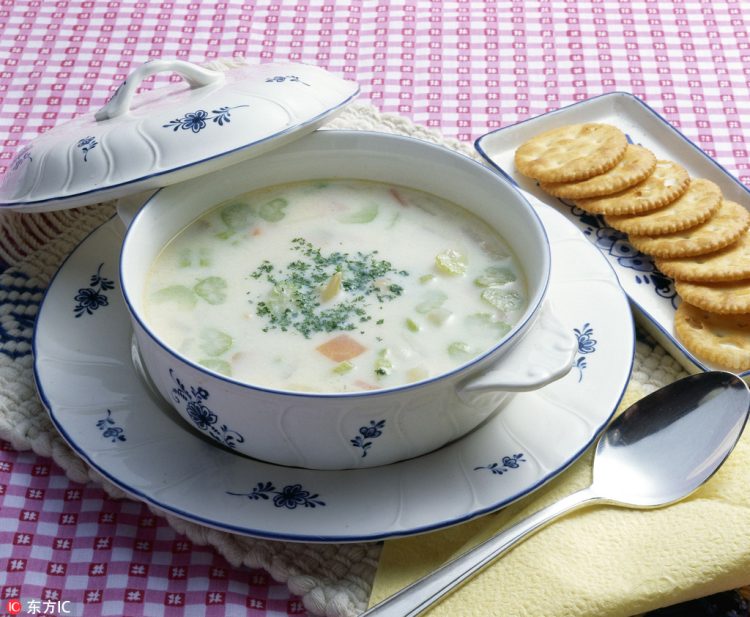In the verdant expanse of East Frisia, a little-known gem in the northwest of Germany, a remarkable cultural phenomenon unfolds—one that has placed this quiet region at the pinnacle of global tea consumption. According to recent reports by the British Broadcasting Corporation (BBC), the people of East Frisia boast an average annual tea consumption of about 300 liters per person, a figure that dwarfs that of any other nation. This extraordinary record is deeply rooted in the area’s ancient traditions and a testament to the ceremonial gravity that tea drinking commands among its people.
The Ritual of Tea in East Frisia
On a bright day, as I drove through the highways of East Frisia, the landscape echoed the Dutch countryside: canals slicing through vast plains, windmills lazily turning in the breeze, and cattle grazing on the lush greenery. Yet, amidst this pastoral serenity, there was no sight of sprawling tea fields. However, upon entering the towns with their straight and winding streets, the presence of tea became unmistakable. Advertisements featuring the iconic East Frisian tea-drinking maiden and neatly aligned tea rooms and shops confirmed that I had indeed entered a bastion of tea culture.
“The comfort of East Frisia is a well-prepared cup of tea.” This local adage, emblematic of the region’s hospitality, greeted me as I was warmly invited to a tea room by local friends upon my arrival.
East Frisians imbue their tea drinking with a profound sense of ritual. As I settled in, the tea master had already prepared the Dresden porcelain, rock sugar, and cream—essential elements for the authentic experience.
The tea master began by steeping the tea, using 8 to 10 grams of leaves per liter of water poured into the teapot. After steeping for about four minutes, the teapot was placed on a warmer. The softer water quality of East Frisia, unlike other parts of Germany, is said to enhance the tea’s aromatic release.
Once ready, the tea master delicately placed a large piece of rock sugar into a thin-walled porcelain cup adorned with the red East Frisian rose. The hot tea was poured over the sugar until it crackled and broke apart. Cream was then carefully poured along the inner edge of the cup, creating a “cloud” as it sank and resurfaced.
The moment of enjoyment had arrived. I was instructed not to stir the sugar and cream with a spoon, allowing for a stratified tasting experience: the milky flavor at the rim, the bitter notes of tea in the middle, and the sweet infusion of sugar at the bottom.

Tea Drinking: A Daily Ritual
This tradition of tea drinking, which originated from the historical use of rock sugar—a rare and expensive commodity back then—was designed to prolong the enjoyment of its flavor without hastening its dissolution through stirring.
Beyond stirring, the spoon on the tea saucer serves as a non-verbal cue for guests to indicate their desire to cease drinking—simply by placing it in their empty cup. However, in East Frisia, there’s a saying, “Three cups is the law of East Frisia.” It’s customary for hosts to serve at least three cups of tea to their guests, and it is considered impolite to refuse.
East Frisians place such importance on tea drinking that it has shaped a unique tea culture, with tea times being a significant social occasion. Traditionally, tea is served not only with meals but also during a mid-morning break around 11 am, an afternoon tea around 3 pm, and often an additional evening tea around 9 pm.
Louisa, a local elementary school teacher, shared with me that tea drinking begins at a very young age in East Frisia. She recalled her first encounter with East Frisian tea as a toddler, perched on a high chair, with her grandparents eagerly awaiting her reaction. By daycare, tea time was a thrice-daily ritual, and in elementary school, tea ceremony classes were part of the curriculum, teaching the history and steps of tea preparation systematically.
Weekend visits to elders invariably include tea drinking and conversation. Marriage in East Frisia often involves the gifting of precious tea sets as part of a woman’s dowry. Local businesses prefer to serve tea instead of wine at events, ensuring a sober and refined atmosphere.
East Frisian tea culture has even received acknowledgment from the German government. Last year, during the royal couple’s visit to Bellevue Palace in Berlin, East Frisian tea graced the state banquet menu.
The Authentic East Frisian Blend
In 2021, after comparing international data, German industry bodies crowned the people of East Frisia as the “world champions of tea drinking.”
Curious to delve deeper into East Frisian tea culture, I visited a local tea museum. The staff explained that the tradition dates back to the 17th century when the first Chinese teas were brought over by the Dutch, quickly becoming favored by the affluent locals as a healthful beverage.
The subsequent shift towards tea consumption led to a decline in alcohol sales, prompting local legislation to curb tea consumption through taxes. However, this did not dampen the people’s passion for tea. It instead fueled the local tea-drinking culture, even sparking what was known as the “Tea Wars.”
As the British began cultivating tea in India, making it more affordable, the East Frisian tea ceremony gained popularity. Numerous tea trading companies and brands emerged, many of which are still in operation today. These enterprises developed what is now revered as the classic East Frisian blend.
This blend, a combination of several robust black teas, is a labor of love to develop. Tea masters from tea trading companies must taste hundreds of teas, blending different varieties to create the “authentic East Frisian mixed tea.”
The resulting tea boasts a beautiful, bright color and a rich, malty flavor, with an aroma that delights the senses, truly a feast for the eyes, nose, and palate.





















